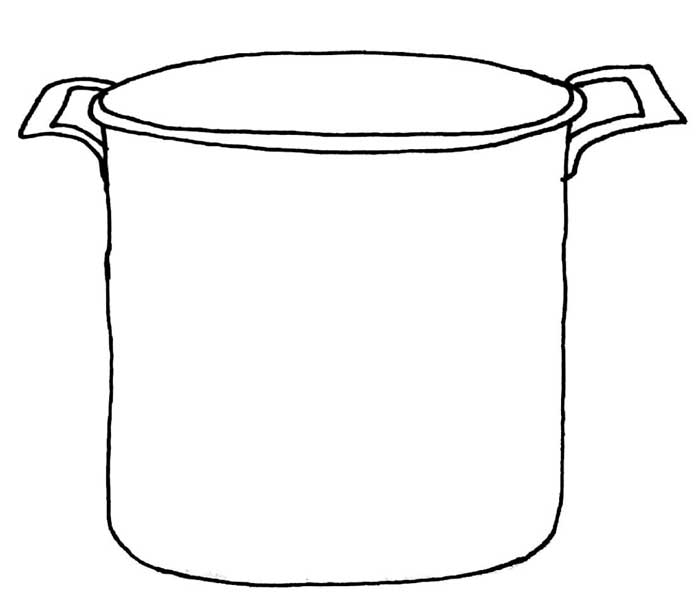How to Use a Spaghetti Pot

Now that we have completely covered the sauté pan. Let’s move to the second most useful tool in the beginner cooks arsenal. Th is, of course, is the stock pot. It is also more commonly known as the spaghetti pot. A spaghetti pot is typically between 1 ½ and 2 gallons in volume. Most commonly, these large pots are used to make one of America’s favorite foods, spaghetti. Thanks Italians! But the versatility of this large pot is not limited solely to spaghetti. You can use this pot to easily create soups, stews, pastas, and so much more.
The spaghetti pot is the successor to the large home cauldron. It was also known as the porridge pot. Typically homes of the past few millennia would have a wood burning fireplace or fire pit over which this large cauldron would be placed, and in which meals would be prepared. Luckily today, we don’t have to eat the same pot of food for an entire week straight and can instead enjoy a variety of dishes at our pleasure. Th is, though, should illustrate the usefulness of a large pot in your everyday cooking.
In this section, we are going to learn how to create soups, stews, and pasta dishes. Many of these recipes will use the cooking techniques that you have previously learned in the sauté pan lesson. We are going to build on these concepts to learn how to use multiple forms of heat and multiple styles of
cooking at the same time. As I had mentioned previously, using multiple forms of heat allows you to create different textures and more robust flavors.
The cooking techniques that you will learn with the spaghetti pot are as follows:
Soups
Soups may be created in a variety of methods and manners. But I will teach you to create them using the dry stir fry technique, followed by a prolonged moist heat boiling. This builds big flavors and creates bold soups.
Stews
Stews are created in the same way as soups, but have less liquid and tend to be heartier than soups. Stews use the same moist heat techniques to create a tender delicious meal.
Pastas
Our lesson on pastas will help you to learn how to create dishes using multiple pieces of cooking equipment and different cooking techniques simultaneously. The good news is that while some of these recipes can require the juggling of multiple pieces of equipment, they are all very easy. Best of all, they are delicious! Remember to identify the type of heat being used, and think about the effect on the end flavor.
Let’s take spaghetti and meatballs for example. The meatballs can be created with the same ingredients, but depending on how you cook them, the end flavor and textures will be completely different. Many people sauté their meatballs, which creates a crispy savory meatball. Others cook their meatballs in their sauce. By cooking the meatballs in sauce, they stay very tender and soft, but lose their crispy texture and savoriness. I, on the other hand, bake my meatballs. This is so that they turn out savory, tender, and uniform.
Learn HOW to cook in a new, fun, and exciting way! Click here for Chef Ryan’s How to Cook Cookbook